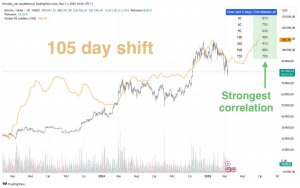Why RTO Continues to Fail Long After the Pandemic
The failure of RTO schemes and subsequent punitive measures by management have caused significant distrust among employees.

This article is a part of a series based on our Annual Strategic Report, The Future Is Gig. Download the report here.
The COVID-19 pandemic has undeniably reshaped the world of work, forcing a mass shift to remote work. This was not a mere experiment but a necessity, and it proved that remote work could be facilitated effectively with the right productivity tools. Initially, productivity spiked as employees adapted to the new work-from-home model, but over time, it began to taper off.

Now, concerns of low productivity are causing leaders to draw workers back into the office in repeated return to office (RTO) efforts, and, in some cases, target remote workers for layoffs to reconcile the productivity deficiencies.
The benefits of remote work for employees are undeniable. The elimination of commutes, which could sometimes last for hours, has been a significant advantage. What seemed tolerable before the pandemic, such as long commutes and rigid office hours, now seems laughable in the face of the flexibility and convenience offered by remote work. According to a recent study, being around productive people in the office can increase productivity by 15%, but being around unproductive people can decrease productivity by 30%.
Before the pandemic, a study by Nikil Saval found that 93% of people who work in modern cubicles wanted some other arrangement. This desire for flexibility and autonomy has only been amplified by the pandemic and the shift to remote work. However, the transition has not been smooth for all companies. Many attempted return-to-office (RTO) schemes multiple times, only to renege due to various challenges, including employee resistance and ongoing health concerns.
The failure of RTO schemes has caused significant distrust among employees. For instance, Meta’s new return-to-office mandate, which includes three in-office days per week and requires workers to display their physical locations at all times, has been criticized for causing a “huge amount of distrust in leadership and the institution”.
This distrust, coupled with the benefits of remote work, has made many employees resistant to returning to the office. The shift to remote work has also had significant implications for urban landscapes. Downtown areas, once bustling with office workers, have become eerily empty. In Minneapolis, for example, downtown streets that were once crowded with office workers are now largely deserted, with many office buildings standing empty.






